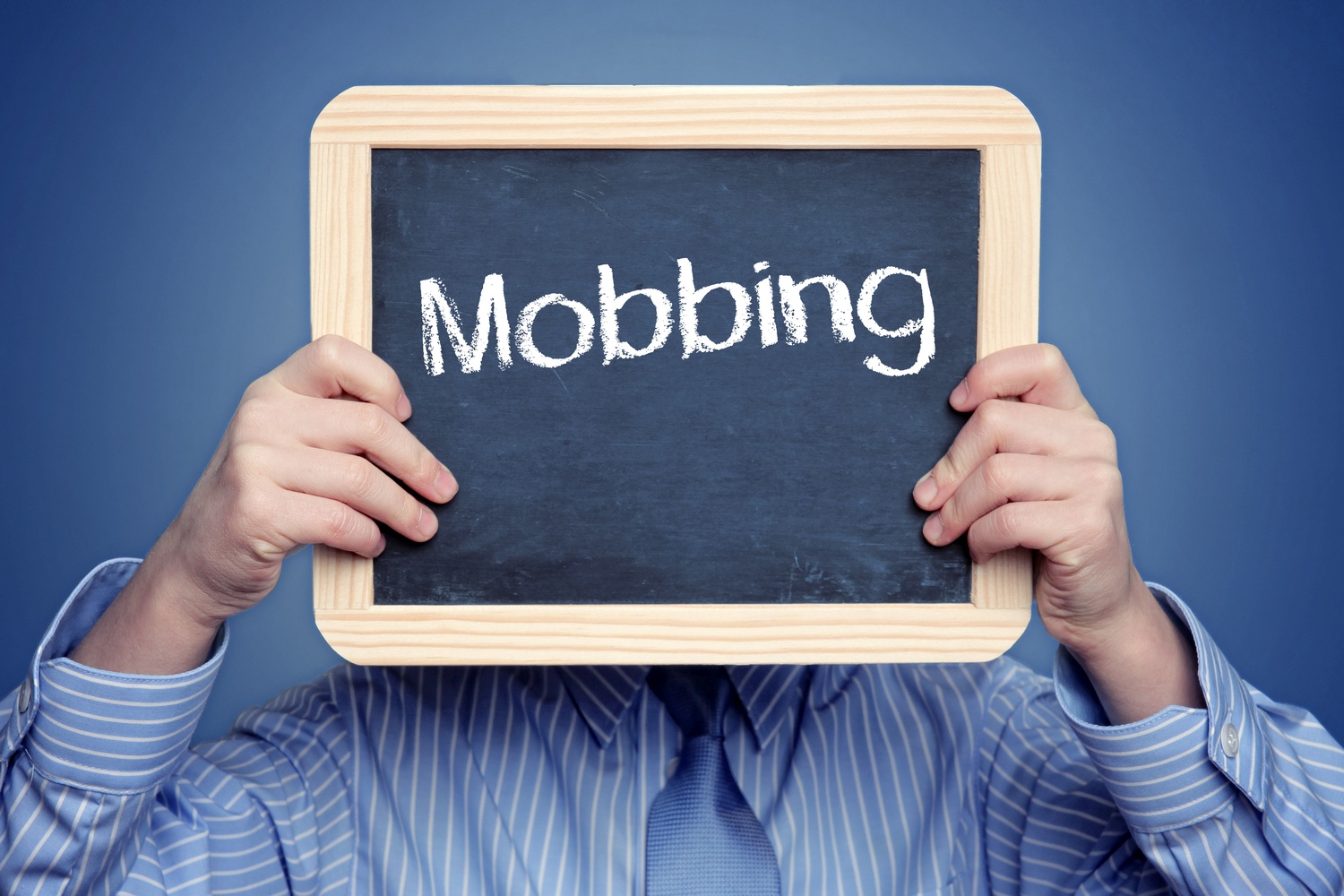What to Do When an Employee Reports Harassment by Another Employee in a Company Without an Anti-Mobbing Procedure?
What is mobbing?
Mobbing refers to actions or behaviors that:
- Are directed at an employee,
- Are persistent and long-lasting (cannot be a one-time occurrence),
- Involve harassment or intimidation,
- Lead to specific outcomes such as lowering the employee’s self-esteem or isolating them from the team.
Mobbing can occur in various relationships between the victim and the perpetrator, including between coworkers or in subordinate-supervisor dynamics.
To determine whether mobbing has occurred, it is essential to apply the “reasonable victim” standard to exclude cases arising solely from the employee’s heightened sensitivity.
Mobbing can include a range of behaviors (actions or omissions), such as:
- Unjustified criticism of the employee and questioning their competence,
- Assigning an excessive number of tasks or failing to assign tasks,
- Giving contradictory instructions,
- Forcing the employee to perform tasks that are too difficult or below their competence,
- Limiting their ability to express themselves or ignoring their questions,nieudzielanie pracownikowi istotnych informacji związanych z wykonywaną pracą,
- Withholding essential information related to their work,
- Continuous supervision combined with criticism of their work,
- Isolating them from other employees,
- Spreading rumors about the employee or publicly ridiculing them,
- Excluding the employee from rewards or training opportunities.
Employer obligations and consequences of allowing mobbing
The employer is required to counteract mobbing. From the perspective of labor law, the employer is responsible for mobbing in the workplace. This includes situations where the employer is the mobber as well as those where another individual is the perpetrator.
An employee who has experienced mobbing has the right to terminate their employment contract for this reason and seek compensation. If mobbing has affected their health, they may also claim financial compensation, even without resigning from their position.
Any employee can report mobbing to the State Labor Inspectorate (PIP).
How can an employee prove mobbing?
Mobbing is challenging to prove. Cases related to mobbing typically last between three to five years in court.
As evidence, under certain conditions, an audio recording of a conversation involving the victim may be used. The court will assess whether the evidence—based on its content and the way it was obtained—violates the privacy rights of the recorded person. Installing a bugging device is not allowed. The recorded individual must not be provoked. The recording should be continuous and not include isolated excerpts. It is also essential for the recording to be relevant to the allegations in the case and not manipulated.
Depending on the circumstances of a given case, evidence may include emails, SMS messages, call logs, internal messages, or witness testimony.
It is advisable to collect medical documents related to health issues, mood declines, sleep problems, and other symptoms.
Steps for employers
When an employee reports a case of mobbing, the employer is obligated to take immediate action, even if there is no formal anti-mobbing procedure in place. These actions aim to protect the victim, clarify the matter, and prevent the escalation of the conflict.
First, the employer should conduct a conversation with the affected employee. During this discussion, the employer should gather details about the situation, such as the duration of the problematic behaviors, their nature, and possible witnesses. It is also worth asking whether the victim is willing to engage in mediation with the accused employee in the presence of impartial individuals, such as an HR representative, a higher-level supervisor, or an employee representative. Such a conversation might help resolve the conflict.
If the employee refuses mediation, the employer should inform them about the necessity of initiating an investigation. To do so, the following steps should be taken:
- Appoint an investigative committee:
The committee should consist of impartial individuals who are not involved in the conflict. Each committee member should receive formal authorization to conduct the investigation and sign a confidentiality agreement. - Collect documentation:
The committee should gather information from both parties involved in the conflict and, if necessary, interview witnesses. It is essential to comply with GDPR regulations during these actions. Thorough documentation of the entire process is also crucial. - Conduct Interviews:
The committee members should strive to determine the positions of both parties. During discussions with the employee accused of mobbing, the fact that the other party filed a report should remain confidential. Interviews must be conducted neutrally and without suggestions. - Draft a Report:
The investigation should conclude with the preparation of a detailed report. The report should also include recommendations for preventive measures, such as implementing an anti-mobbing policy, organizing training sessions, or restructuring the company’s organization. - Implement Corrective Actions:
Based on the findings of the report, the employer should implement appropriate measures.
Employers should consider introducing a formal anti-mobbing procedure to effectively protect employees from harassment. The procedure should be tailored to the specific characteristics of the organization and complemented by practical training sessions for employees.
It is essential to note, however, that merely having an anti-mobbing procedure is not enough. If the procedure is not followed, it could serve as argument against the employer.


